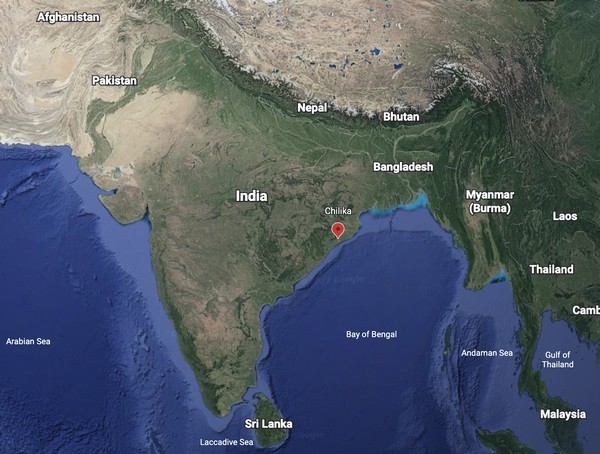An already fascinating species made more fascinating by the virtue of it being super elusive.
In India, even today, first-time reports of the honey badger (Mellivora capensis), also called ratel, continue to pour in from various regions, taking one and all by surprise. So elusive and understudied are the honey badgers that they continue to baffle even the local people in places where they have never seen or heard of such an animal before. This, despite the species’ wide distribution in Africa, southwest Asia, and the Indian subcontinent, and the wide range of habitats in which honey badgers can be found. Honey badgers are known to occur at altitudes ranging from sea-level to >2,500 m. above sea level; and can be found in plethora of habitats from deserts and scrublands all the way to rainforests.
Video credit: The Fishing Cat Project
In India, these small carnivores are poorly studied and documented with substantially more occurrences of the species reported from western and central India. Only a handful of honey badger sightings have emerged from the eastern and northeastern states.
Recently, that is in the past 3-4 years, a string of such exciting reports of honey badger sightings emerged from human-dominated areas in the Chilika lagoon in the eastern state of Odisha. Chilika is one of the largest brackish water lagoons in Asia, and there had been no known records of this enigmatic species from the landscape. Researchers Tiasa Adhya and Partha Dey, founders of The Fishing Cat Project, had reported their occurrence here in 2018-20 while conducting surveys on the fishing cat. Ever since then, they had been trying to locate more honey badger individuals to document the species’ presence in the region, but to no avail.

Chilika, in the eastern state of Odisha, is one of the largest brackish water lagoons in Asia. ©Google Earth
But luck turned for the better for Adhya and Dey in 2022, when they managed to find hard evidence indicating the presence of a coastal population of honey badgers in Chilika. A honey badger was captured on one of the camera traps that were installed as a joint patrolling and monitoring initiative between The Fishing Cat Project and the Chilika Development Authority.
“In collaboration with Chilika Development Authority and in coordination with Chilika Wildlife Division, we started a year-long patrolling and monitoring programme on the fishing cat. This surveillance net has benefitted other biodiversity in the landscape. It led to the discovery of the Eurasian Otter here that even local fishermen were unaware of, decreased bird poaching, and obtained the first camera trap record of the honey badger from Chilika,” says Adhya.
The enticing camera trap footage (see above) further corroborated the independent reports of honey badger sightings by locals that were collected during the interview surveys conducted by Adhya and Dey as part of their research on the fishing cat distribution. The first of the three anecdotal sightings was in June 2018 in Titipa, when a juvenile honey badger had fallen in a well. The second honey badger sighting took place in Mangalajodi in November of 2019 under grimmer circumstances. This individual was reportedly beaten to death by villagers who had set eyes on such an animal for the first time. The third sighting, in January 2020, was like the first one, in that a honey badger fell into a well in Baliabanka and was consequently rescued and released by the fire brigade.
Interestingly, in all these cases, the honey badgers were misidentified by the villagers who mistook them for bears and even a giant panda in one case!
Adhya and Dey recently published their findings as a note in the October 2022 issue of the Journal of Threatened Taxa. Their findings not only shed light on this exciting scientific discovery of coastal population of the honey badgers in Chilika, but also illustrate the urgent need to generate awareness among local communities about the biodiversity that persists in and around them, in order to dispel myths, alleviate fears, and build tolerance and a culture of co-existence.
“The honey badger population in Chilika seems to be an extension of the population from the Eastern Ghats. We hope that our report will excite researchers and conservationists to study and conserve honey badgers here,” says Dey.
About the author: Purva Variyar is a conservationist, science communicator and conservation writer. She works with the Wildlife Conservation Trust and has previously worked with Sanctuary Nature Foundation and The Gerry Martin Project.
Disclaimer: The author is associated with Wildlife Conservation Trust. The views and opinions expressed in the article are her own and do not necessarily reflect the views and opinions of Wildlife Conservation Trust.
Your donations support our on-ground operations, helping us meet our conservation goals.
Related Links
- Coastal plateaus in Ratnagiri
- Our Publications
- An Encounter with a Sloth Bear
- Creatures Great And Small
- Rise in Wildlife Crime: Pandemic’s Intensifying Collateral Damage
- Creating a sustainable home for the cheetahs
